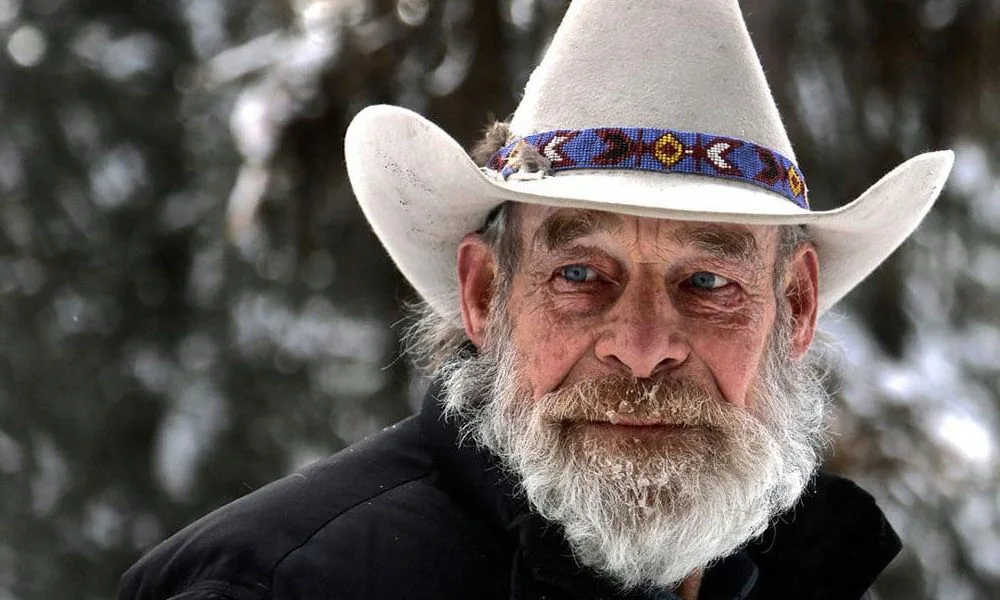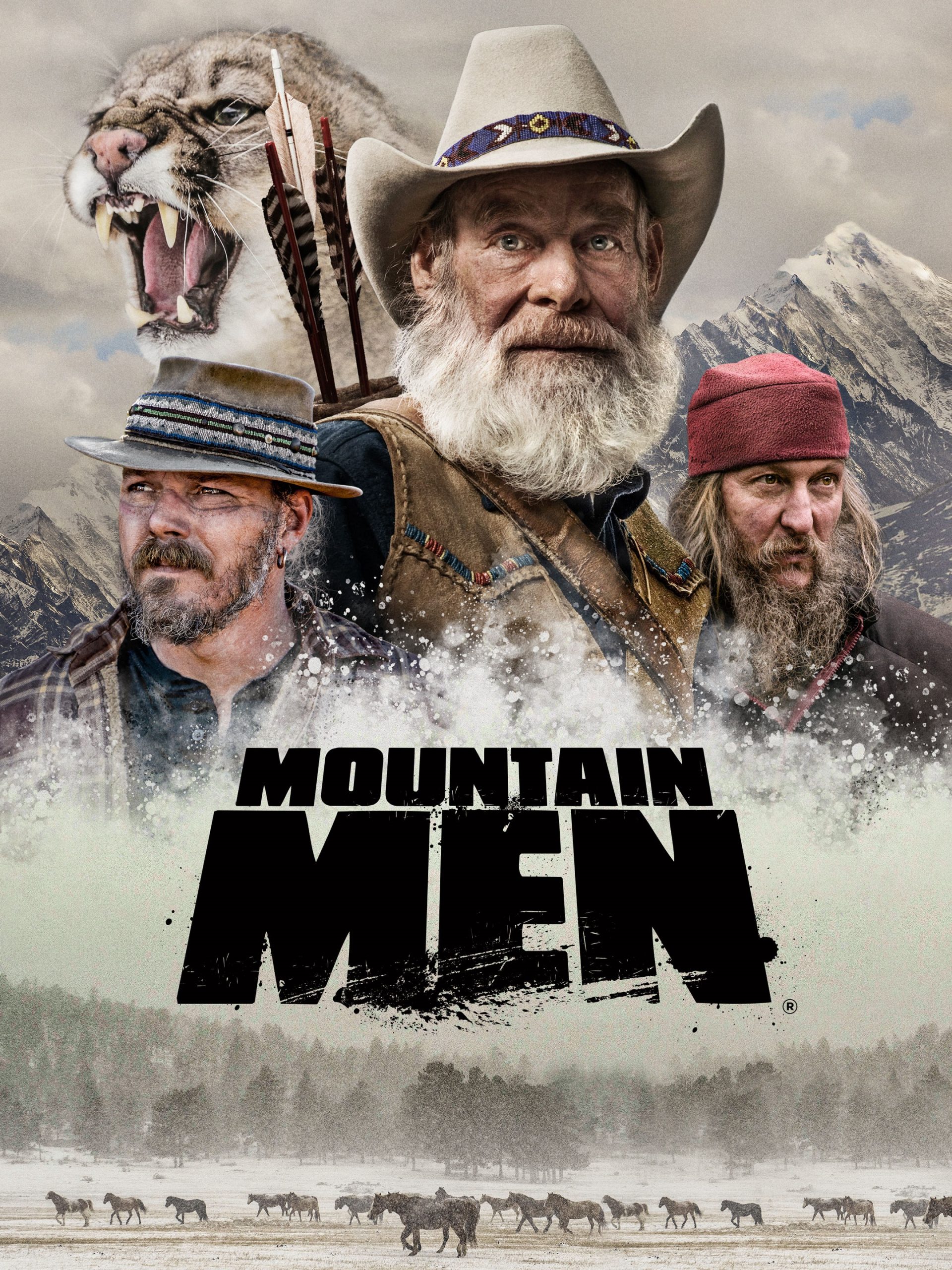
Master trapper and tanner Tom Oar gained a huge following when he featured in History Channel’s “Mountain Men,” which premiered on 31 May 2012 with nearly four million people tuning in. He poured on the grandfatherly charm with eyes that twinkle and a ready smile. As the reality television series introduced more people who preferred to live off the land in the wilderness in the succeeding seasons, the public’s interest in Tom didn’t wane.
Early years of Tom
Tom Oar grew up in a rugged lifestyle in the country outside Rockford, Illinois. His father taught him and his brother Jack to ride horses before they could even walk. When they both turned seven, his father also taught them to perform tricks or stunts while riding a horse; it was dangerous, but his father was a true horseman so he ‘survived’ that, and was hooked on the adrenaline rush that it gave him.
When he was 15, his mom took him to the edge of town, from where he hitch-hiked to Ohio and rode bucking horses and bulls.
https://www.instagram.com/p/w7FlWQrysr/
In the early 1960’s, Tom rose through the ranks of the International Rodeo Association, and built a name for himself as a champion rider. However, his success on the rodeo circuit came to an end in February 1970 when he rode a bull named Woolly Bugger – it was said that their heads collided and he was knocked unconscious, but continued to be tossed violently with his hand still bound tightly to the bull’s back. His legs were underneath the bull’s hind legs and the bull stepped on them as it continued to buck. It lasted for a couple of minutes before the ropes could be cut to free him. Three hours passed before Tom regained consciousness – he had bruises all over his body, and had sustained severe concussion. The bull died two weeks later, and Tom jokingly said, ‘I think I gave him a concussion, too.’ After a month, he went back to riding bulls, but it was never the same as his success in the arena became a thing of the past.


